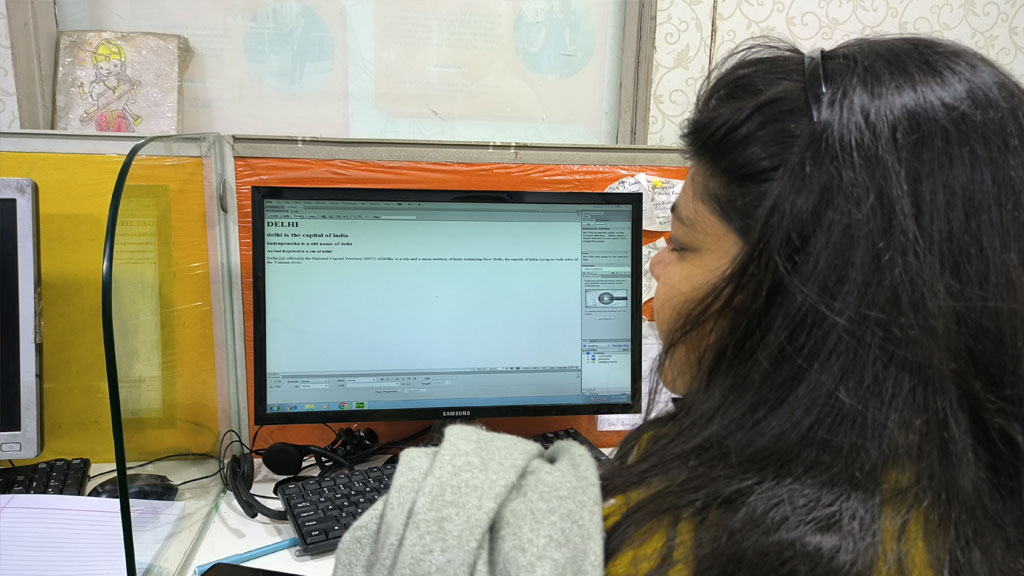Introduction: Embarking on a multimedia course is a thrilling plunge into the dynamic world where technology and creativity converge. In this blog post, we will explore the multifaceted landscape of multimedia education, from mastering digital tools to unleashing creativity across various platforms.
- Understanding Multimedia:
- Definition and Scope: Define multimedia and its expansive scope, encompassing the integration of text, graphics, audio, video, and interactive elements.
- Evolution of Multimedia: Trace the evolution of multimedia from its early days to its current role as a pervasive force in digital communication.
- Digital Design Fundamentals:
- Graphic Design Essentials: Explore the fundamentals of graphic design, discussing principles like layout, typography, and color theory.
- User Interface (UI) and User Experience (UX): Highlight the importance of creating engaging and user-friendly interfaces in multimedia projects.
- Audio Production Techniques:
- Sound Design: Discuss the art of sound design, covering techniques for creating and manipulating audio elements to enhance multimedia projects.
- Voiceover and Narration: Explore the role of voiceover and narration in multimedia, emphasizing techniques for effective storytelling through sound.
- Video Editing and Production:
- Video Editing Software: Introduce popular video editing tools and discuss their features, empowering students to craft compelling visual narratives.
- Cinematography Basics: Touch upon the fundamentals of cinematography, including framing, lighting, and shot composition.
- Animation and Motion Graphics:
- 2D and 3D Animation: Explore the world of animation, covering both 2D and 3D animation techniques and their applications in multimedia projects.
- Motion Graphics in Multimedia: Discuss the role of motion graphics in conveying information and enhancing visual appeal.
- Interactive Multimedia:
- Web Design and Development: Introduce web design principles, including layout, navigation, and responsive design, for creating interactive multimedia experiences.
- Gamification: Explore the use of gamification in multimedia, discussing how interactive elements can enhance user engagement.
- Virtual and Augmented Reality (VR/AR):
- Immersive Experiences: Discuss the emergence of virtual and augmented reality technologies and their potential for creating immersive multimedia experiences.
- VR/AR Applications: Explore practical applications of VR and AR in fields such as gaming, education, and simulation.
- Portfolio Development and Industry Readiness:
- Building a Multimedia Portfolio: Guide students on the essentials of building a comprehensive multimedia portfolio, showcasing their skills and projects.
- Industry Trends and Adaptability: Highlight the importance of staying updated on industry trends and fostering adaptability in the ever-evolving multimedia landscape.
Conclusion: A multimedia course is not just about learning technical skills; it’s a journey of exploration, creativity, and adaptation to emerging technologies. Aspiring multimedia professionals are encouraged to embrace the diverse tools at their disposal, push the boundaries of creativity, and become architects of captivating digital experiences in our multimedia-driven world.

